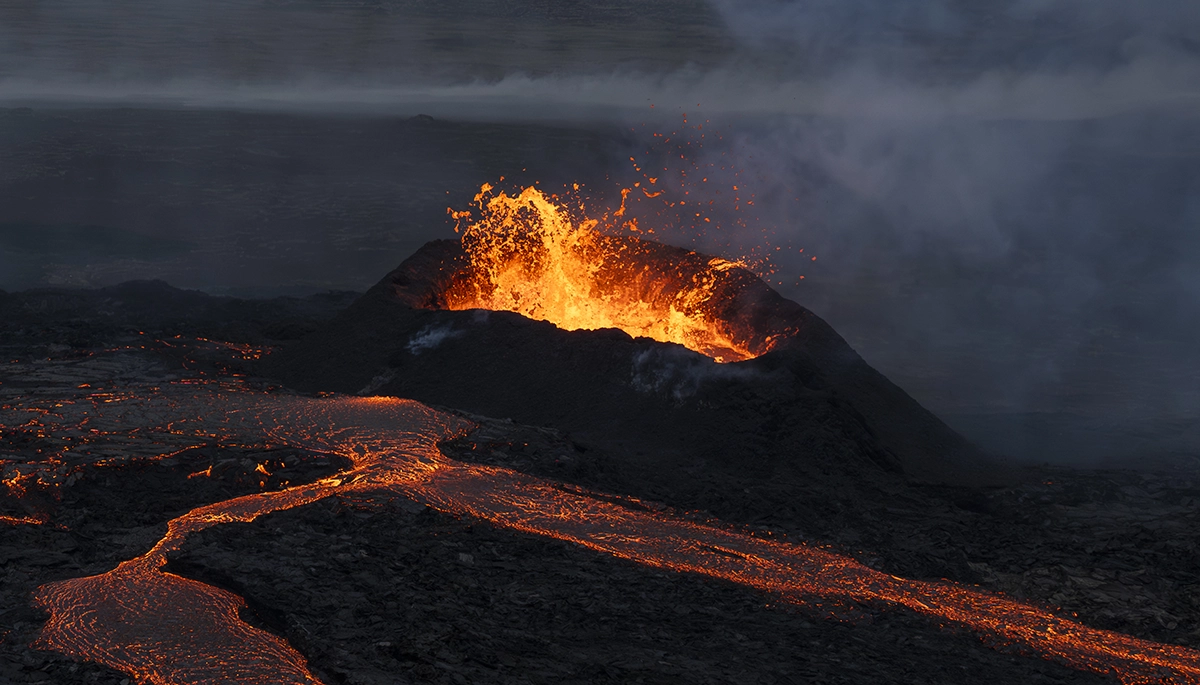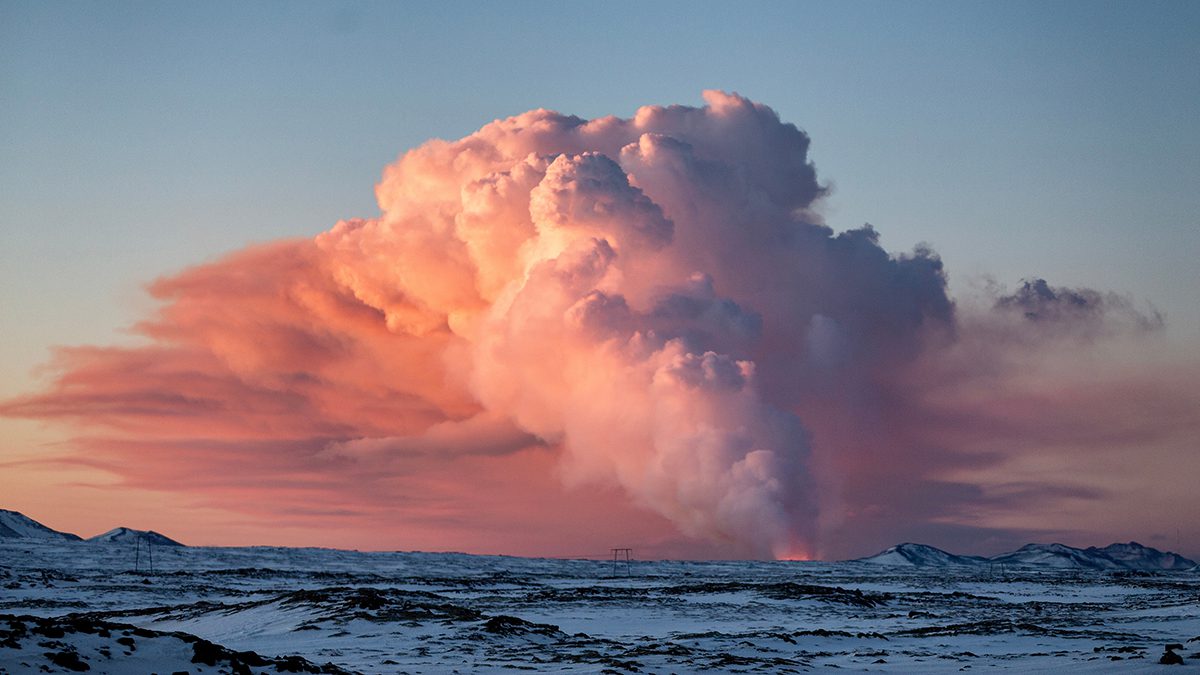
Edinburgh, no stranger to an occasional haze, experienced an unprecedented atmospheric event on 31 May, unlike any seen over the past 30 years. While sea haar from the North Sea often blankets Scotland’s capital, the haze observed that Friday felt distinctively different. UKCEH researchers are currently investigating if this haze can be attributed to a volcanic plume that transited the UK following an eruption in Iceland.
A new fissure eruption occurred on the Reykjanes Peninsula in Iceland, the fifth eruption in a series that began in December 2023 near the town of Grindavik. Initially deemed a local concern due to its non-explosive nature, the eruption’s impact on UK’s air quality was thought to be minimal. However, meteorological circumstances caused sulphur dioxide (SO2) levels in Scotland to rocket to levels not witnessed since the 1970s on the morning of 31 May.
The Scottish Environment Protection Agency’s (SEPA) national volcanic emissions network first detected an increase in SO2 on the Isle of Lewis on the evening of 30 May. During the early hours, the plume moved southward, peaking in Scotland’s Central Belt by 6 am on 31 May. St Leonard’s in Edinburgh reported a maximum concentration of 1161 µg m-3.
Using a combination of observations and modelling data, UKCEH researchers were able to pinpoint the high SO2 levels, making it highly likely that the increased levels could be attributed to the Icelandic volcano. The UKCEH’s EMEP4UK atmospheric chemistry transport computer model application confirmed the sequence of events, indicating that if the eruption had occurred differently, the SO2emissions might have missed the UK entirely.
What distinguished this from previous events is that significantly higher concentrations of SO2 were recorded than previously reported in the UK, surpassing those of previous Icelandic eruptions in recent years. Alongside high SO2, the volcanic plume comprised a mixture of other gases, our researchers are now investigating the composition of the plume in more detail.

Should we be concerned?
While this event exceeded air quality objectives for 10 hours in Edinburgh, it did not breach workplace exposure limits or pose a significant health risk. Our modelling effort helped predict that this plume would pass rapidly over the UK. Through chemical reactions, sulphur dioxide can contribute to the formation of small airborne particles (PM2.5) that are harmful to human health. Measurement and model results indicate that PM2.5 concentrations stayed well below levels of concern during this event.
Ecosystems are also vulnerable to sulphur dioxide. However, again the short-lived nature of the plume means that damage is likely to have been minimal.
This event will give us valuable insights into how well we can predict the impacts of volcanic eruptions on human health and our environment. This helps us both to respond at short notice, and to be prepared for future eruptions.
For further information please see the related blog.







